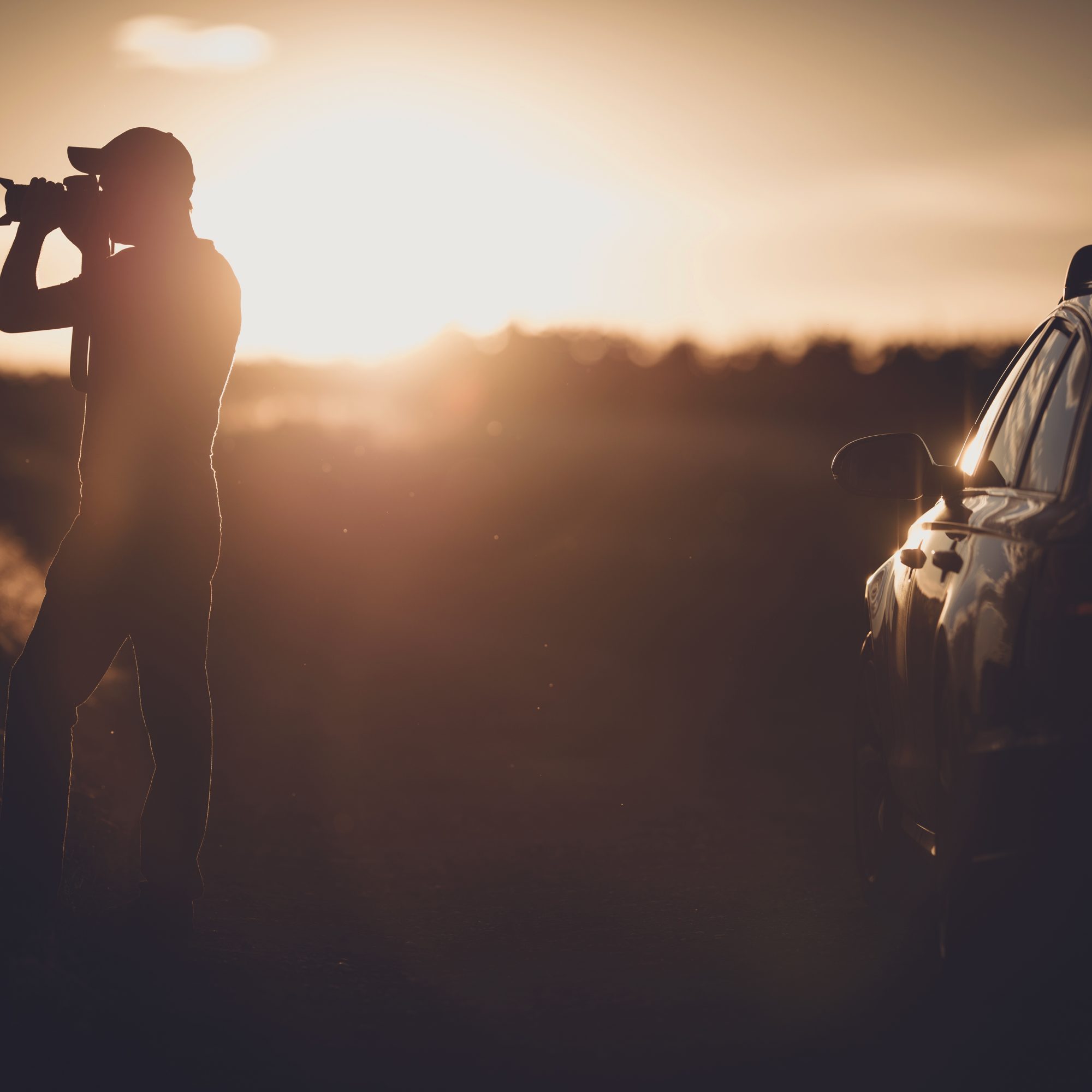I remember this one time I was sprinting down a bustling street in Istanbul, camera clutched tightly in my hand, chasing an unfolding street parade. It’s electric, isn’t it? The thrill of capturing a slice of raw, unedited reality? But pausing for a moment, have you ever found yourself pondering over the question of ethics in the midst of snapping that ‘perfect’ shot? What about the people in the frame? Do they have a say in how we use their image?
Well, it might surprise you to learn that according to the World Press Photo Foundation, a staggering 63% of photojournalists admit to either staging or directing their subjects for a shot. It’s fascinating, and unnerving, to see how a focus on aesthetics can unintentionally blur lines and distort realities.
Preserving Integrity in the Heat of Action
Take Mike, for instance. He was in the right place at the right time when a protest broke out unexpectedly. ‘Snap,’ the camera shutter went, capturing a fierce confrontation between a protestor and a police officer. But there’s a twist. Mike told the protestor to look more antagonistic and the officer to appear more defensive, turning a charged scenario into a carefully choreographed tableau. Is it a true reflection of the scene? Hardly. This brings us to the interesting crossroads of photojournalism ethics, where authenticity, consent, and wildlife photography ethics converge in a delicate dance.
But you might ask, why does consent matter so much? Photography, after all, is about capturing the world as it unfolds. This line of thinking, while popular, does disregard one crucial fact: Those being photographed are not mere props, but human beings with their own rights and dignities. So, how do we curb this? How do we, in the shoes of Mike, balance the thirst for captivating narratives with moral obligations?
Clearing the Grey Area with Transparency
An effective starting point is transparency. It begins with figuring out when it’s okay to capture people’s images without express permission and when it isn’t. In events like protests or public parades, presumptive consent often applies. However, the narrative changes when the subjects are unaware, vulnerable, or in potentially compromising situations. These instances mandate express consent, and a lack of it translates undesirable consequences for photojournalists.
‘Okay, got it,’ you say, ‘But what about editing? I’m just enhancing the photo, not distorting it.’ Revisiting the statistic from earlier, it’s clear the line between enhancing and fabricating a scene is muddied in our pursuit of compelling visuals.
Editing Ethics: Art or Distortion?
Remember the fury around the ad campaign of a famous fashion brand where the teenage model seemed unhealthily thin? All thanks to image retouching—a common editing trick in the glamour world. When photographs veer off the ‘depiction of reality’ path and serve fabrications, they tread unethical grounds.
Conceptualizing a Principled Framework
So, where do we go from here? How about imagining an ethical playbook for photojournalism? It begins with fostering communities that encourage discourse around photography ethics. This could be in the form of forums or interactive training sessions. It’s about bringing rigid editing ethics to the table and about crystallizing the nuances of consent. Most importantly, it’s about molding a culture that respects subjects as much as it does the art of photography.
In the overcharged realm of photojournalism, the dilemma between capturing striking pictures and maintaining ethical boundaries may always persist. But, as conscious creators, we’re offered a unique opportunity to shape this narrative. So, where do you stand on this crossroad of photojournalism ethics?


0 Comment